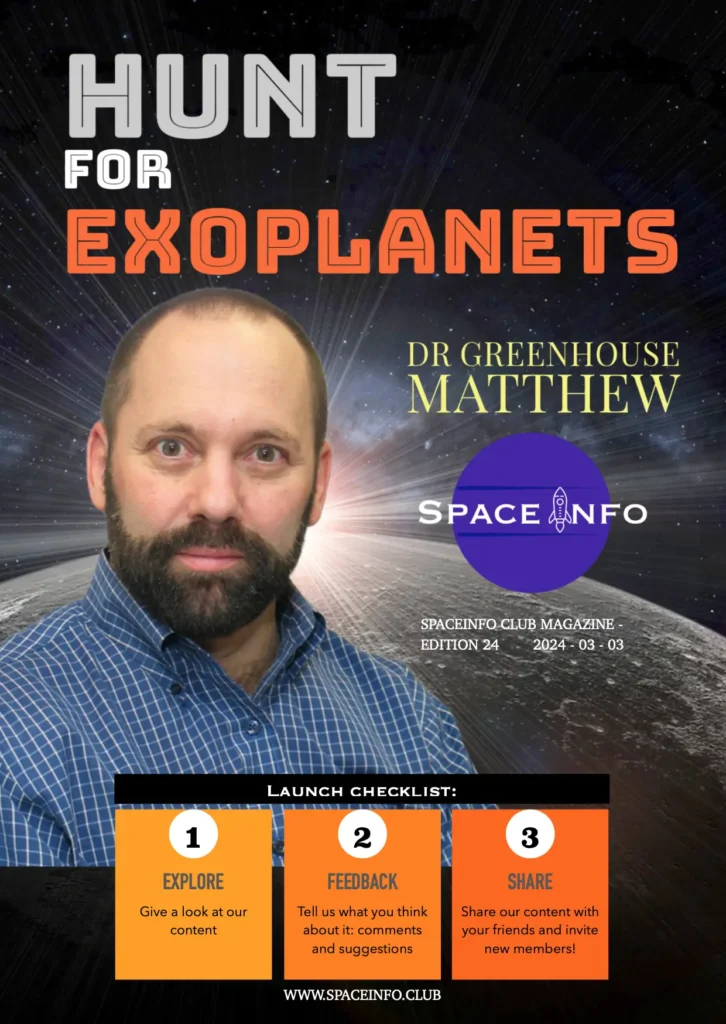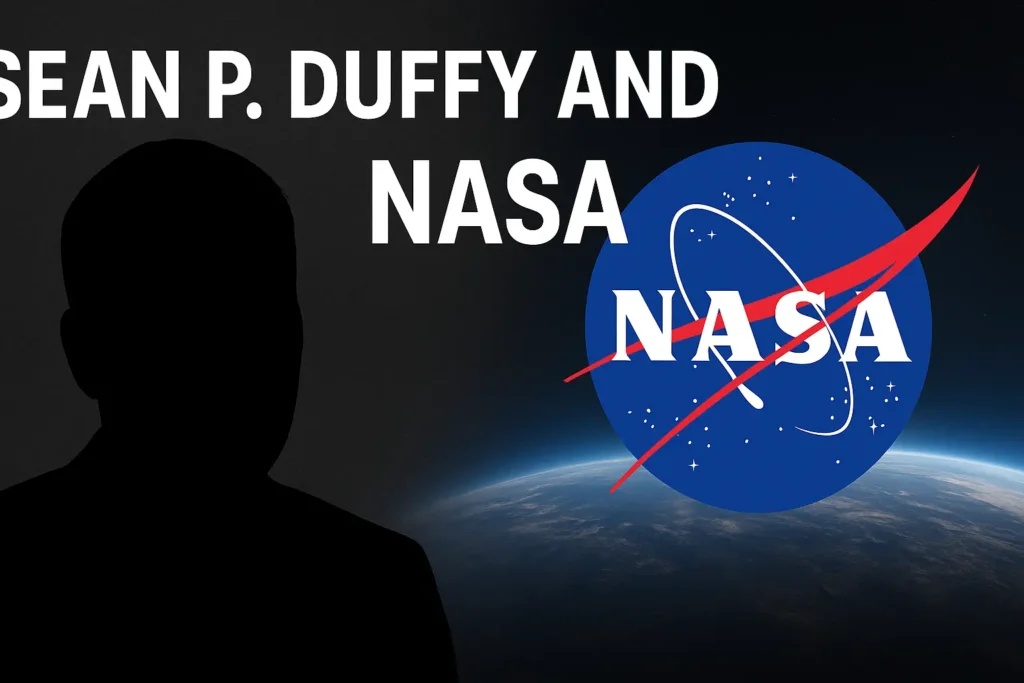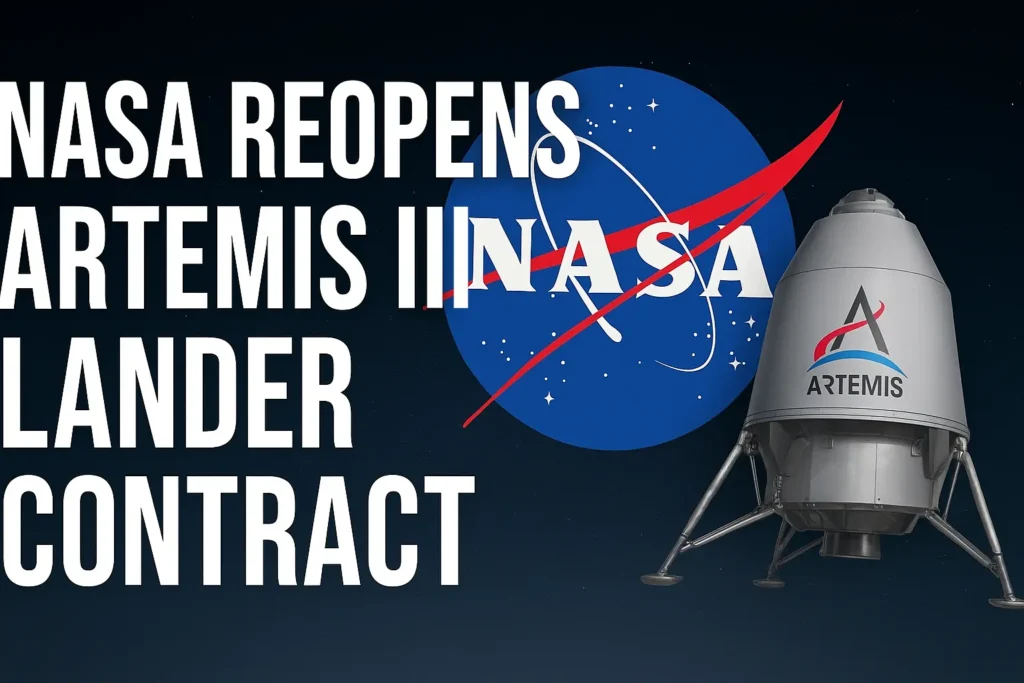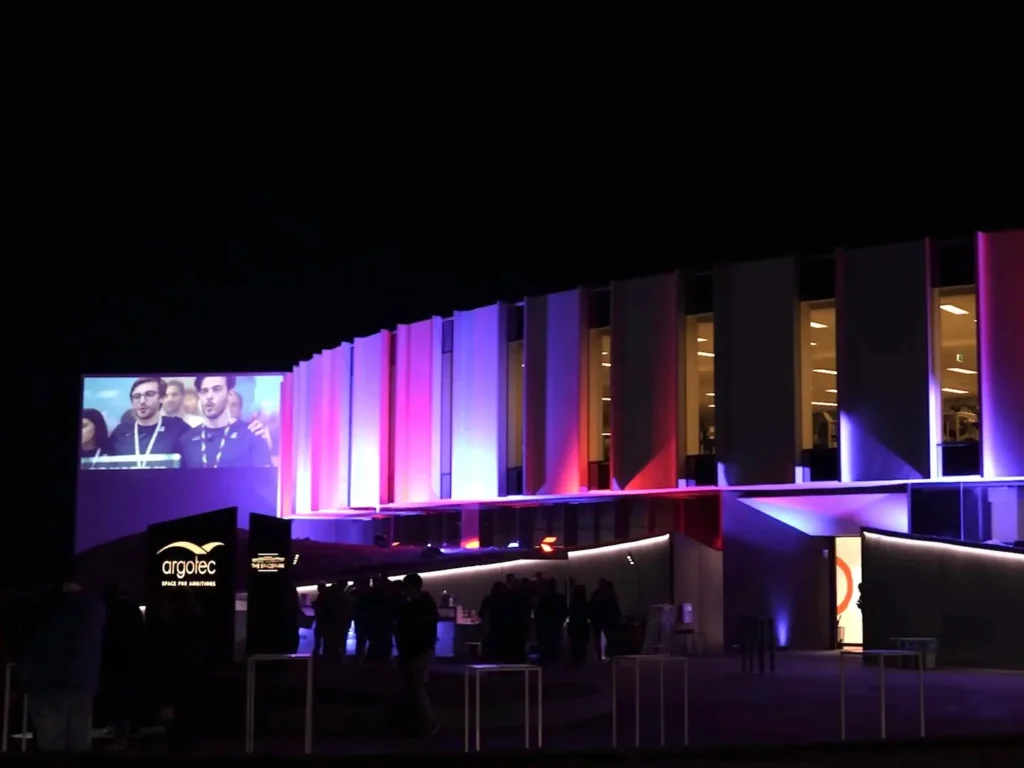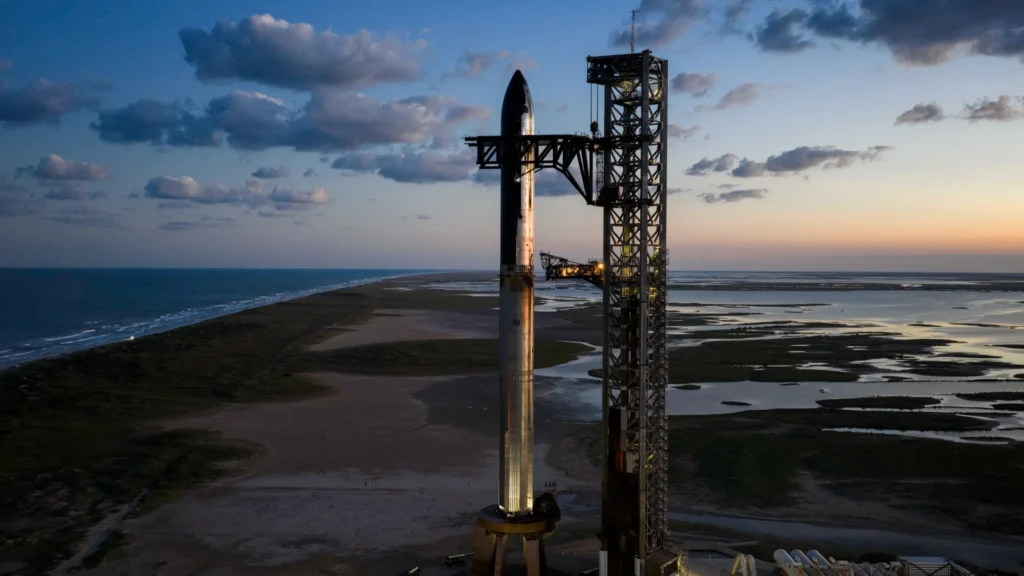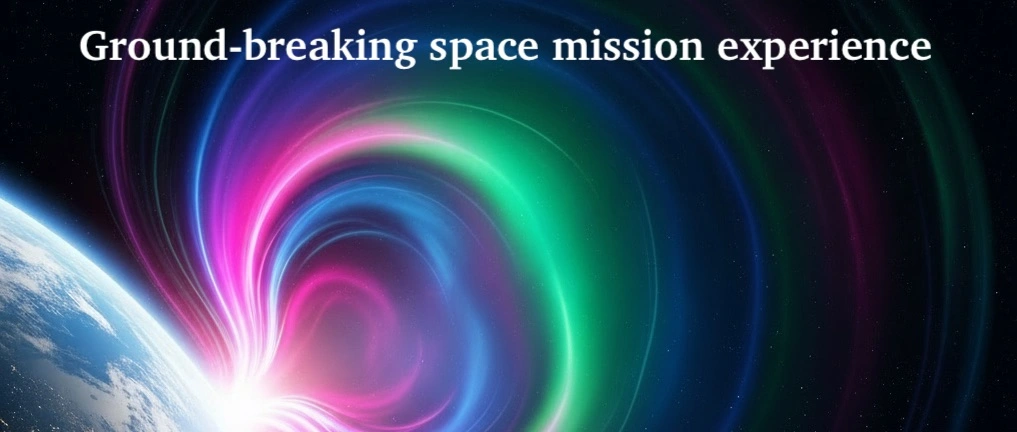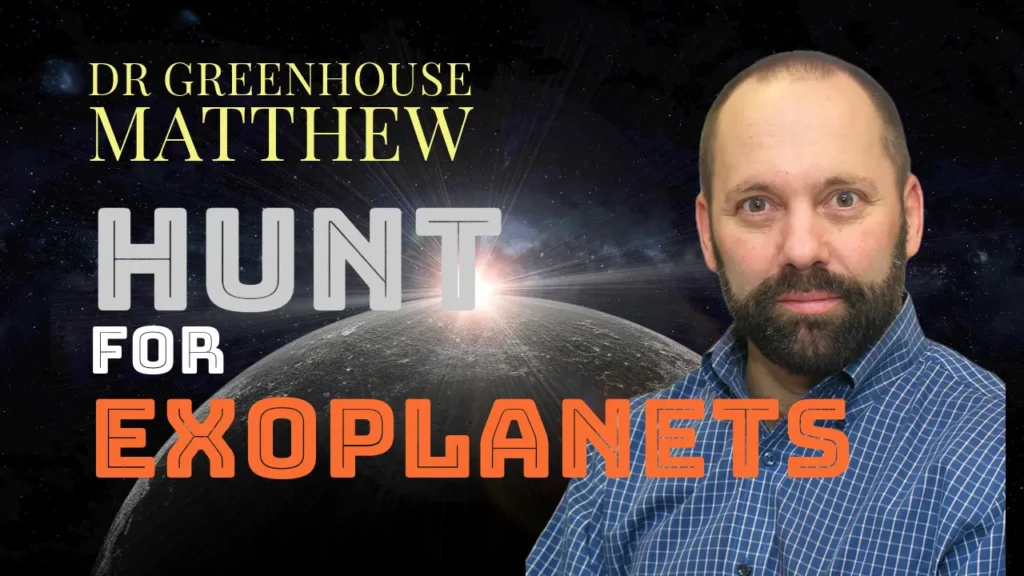
Matthew Greenhouse
NASA’s astrophysicist and fundamental contributor in the James Webb Space Telescope
Matthew Greenhouse has served on the James Webb Space Telescope senior staff as Project Scientist for the Webb science instrument payload since the very beginning: 1997. At the SpaceInfo Club we had the honor to ask him some questions: enjoy the journey through these amazing experiences!
What inspired you to pursue a career in astrophysics and eventually lead you to work on groundbreaking projects like the James Webb Space Telescope?
I began my journey in geology, earning my degree from the University of Arizona. Afterward, I ventured into planetary geology and eventually transitioned into astrophysics. Pursuing my passion further, I completed my PhD in Physics at the University of Wyoming. Following that, I embarked on postdoctoral positions at the Smithsonian Institution in Washington DC as a Federal Civil Service astrophysicist, and after some time in Europe I completed my journey at the Goddard Space Flight Center. In 1997, I joined the James Webb Space Telescope project right from its inception.
Habitable Worlds Observatory (HWO)
From the NASA website, we read: “This observatory would simultaneously provide powerful capabilities for transformational astrophysics discoveries, from our cosmic backyard of the solar system to the distant universe and everything in between.”
So if you are wondering which will be the objectives and the discoveries we’ll be able to chase with HWO, they probably fall into one of the following categories:
– Advanced Telescope Technology: The observatory could feature advanced telescopes equipped with cutting-edge technology for detecting and studying exoplanets. This might include next-generation space telescopes or ground-based observatories with adaptive optics systems to mitigate atmospheric distortion.
– Exoplanet Detection Methods: It would employ various exoplanet detection methods such as transit photometry, radial velocity measurements, direct imaging, and gravitational microlensing to identify and confirm the presence of exoplanets.
– Characterization of Exoplanets: The observatory would focus on characterizing the atmospheres, compositions, and other properties of exoplanets, particularly those within the habitable zone. This could involve spectroscopic analysis to detect atmospheric components and surface features.
– Search for Biosignatures: One of the key objectives would be to search for potential biosignatures in the atmospheres of habitable exoplanets. Biosignatures are chemical compounds or phenomena that could indicate the presence of life, such as oxygen, methane, or water vapor.
– Long-Term Monitoring: The observatory may conduct long-term monitoring of target exoplanets to study changes in their atmospheres or environments over time, providing insights into planetary evolution and potential habitability.
As the project scientist for the James Webb Space Telescope, can you share some of the most challenging aspects you and your team encountered during its development and deployment?
When it came to deciding which field of science to pursue, the National Science Foundation and NASA decided for a groundbreaking mission. The task at hand was daunting. On one hand the scientific demands where so high that we needed to design a telescope with a huge primary mirror, but on the other hand it was so large that it couldn’t fit into a rocket, presenting a significant engineering challenge.
The second major hurdle was creating an infrared telescope that could operate at incredibly low temperatures, approximately 50 degrees above absolute zero. This meant finding a solution without relying on traditional mechanical refrigeration methods.
So we came up with very interesting, but still challenging solutions.
Our breakthrough came with the design of a segmented mirror architecture consisting of 18 hexagonal segments. These segments could be mechanized to align seamlessly, a feat never before attempted in space exploration. This solved, at least in theory, the problem of fitting such a large structure into a conventional rocket fairing. Since the telescope is working so well now, we demonstrated that this solution is incredibly valid.
Addressing the cooling problem was equally innovative. Instead of placing the telescope in Earth’s orbit, we positioned it at L2, approximately 1 million miles away. This strategic placement ensured that all heat sources—Earth, the Moon, and the Sun—were in the same direction. To counteract this, we devised a giant sunshield to block radiation, allowing for passive cooling. This positioning was a crucial factor in the success of the mission. We had to reduce all the possible sources of heat at their minimum, also considering the radiation emitted by apparently negligible bodies with respect to the Sun, which remains the main source of heat. By doing this, passive cooling can be exploited at its maximum.
Sean P. Duffy and NASA: Career, Policy Shifts, and the Debate Over the Agency’s Future
NASA Reopens Artemis III Lunar Lander Contract Amid Schedule Delays and Competitive Pressures
Space Has Never Been So Unconventional: Art, Sport, and Science Share the Same Sky
Starship Flight 11: A Triumphant Sendoff for Block 2
Embracing the Cosmos: World Space Week 2025 & SpaceInfo Club’s Mission
Leicester Scientists Bring Space Exploration to London as Cutting-Edge Telescope Joins SMILE Mission
LAGRANGIAN POINTS
If you are new into the SpaceInfo Club, perhaps you’ve missed our first article about the James Webb Space Telescope, so here is a brief note about Lagrangian points that may help you understand why they are so special.
Imagine you have two big objects in space, like the Earth and the Sun. Now, in between them, there are special spots where a smaller object can kind of hang out without moving too much. These spots are called Lagrangian points.
Think of it like this: picture a person swinging two buckets of water around. There are certain spots where if you put a small object, like a toy, it will stay in place relative to the buckets, even though they are moving. These spots are where the forces from the swinging buckets balance out, allowing the toy to stay put.
In space, these Lagrangian points are where the gravitational forces of the two big objects balance out the centripetal force of a smaller object moving around them. There are five Lagrangian points in total, but the three most famous ones are L1, L2, and L3. They’re like parking spots in space where satellites and spacecraft can stay without needing too much fuel to stay in place. As said, they are also very useful for this mission because Earth can shield part of the Sun radiated heat.
The James Webb Space Telescope is often hailed as the successor to the Hubble Space Telescope. How do the capabilities of the James Webb differ from Hubble, and what new scientific insights do you hope to achieve with this advanced technology?
The James Webb Space Telescope and the Hubble are very different, but we can affirm that they are complementary.
Under the observation stand point, the James Webb, unlike the Hubble, is designed to operate from the red end of the visible spectrum down to mid infrared. Hubble was designed to operate from the visible up to ultraviolet part of the spectrum.
But why are we looking for information into the light spectrum? You may ask why we don’t use also different instruments and sensors capable of investigating other properties of the matter. Don’t forget that everything we know in the Universe comes from starlight, by observing the light from a distant star you get much more information than you may think.
Information in the infrared band is very different from the ultraviolet, thought.
A feature of the James Webb is, as said, being capable of ‘looking’ into IR, which allows it to look back in time, being a sort of time machine.
In the next decade Hubble will be replaced by the Habitable Worlds Observatory (HWO), its true successor, which will operate in the visible-uv spectrum.
Given the complexity and scale of the James Webb Space Telescope, what technological advancements were crucial in making this mission possible, and how do they contribute to its success?
Putting the telescope into the second Lagrangian point (L2) was an effective solution for the propulsive and heat problems, but also complicated the mission under the reliability point of view. When we found out that the Hubble telescope was not working as expected, we where able to send astronauts up there and eventually fix the problem. This wouldn’t be possible with the Webb.
We needed highly reliable things, and new technology had to be invented to reach this goal. Origami were of paramount importance id the final designs of the mechanisms. But as said, our main focus was on reliability and to achieve such a high degree of reliability we had to figure out all the failure modes of the mechanisms we designed. It turned out that there were 178 points of failure.
A lot of time was dedicated into testing, verifying how redundancies worked and again… testing!
To give you an insight, think about the sunshield. It is 70×40 feet in size, made up of 5 layers and each layer is thinner than human hair… this is probably the component of the whole telescope we were most worried about! Things had to work perfectly, and they did.
Can you discuss some of the key science goals and objectives that the James Webb Space Telescope aims to accomplish, and how these goals align with our broader understanding of the universe?
The James Webb is going to give humanity its first high definition view of the infrared Universe; the same way Hubble did under the visible spectrum.
A lot of science discoveries are expected to be made in a timeline starting about 1 million years after the Big Bang.
In addition to this, we have already identified more than five thousand aliens worlds, identifying their atmosphere composition, which is indicative of biological processes on planets that are just a little different from our Earth.
Science is working well on the telescope, but we are just at the beginning. Studying star formation in our galaxies, being able to see these formations through the infrared, allows us to penetrate the thick clouds of dusts that often surround the objects.
Just like the Hubble, the Webb is doing a wide range of Science and on top of this the work is supported and appreciated by the world wide community of astronomers, through which the research is shared! The community is very active on doing science the overall participation is key.
What role does the science instrument payload play in the overall mission of the James Webb Space Telescope, and how do these instruments enhance our ability to observe and study celestial objects?
As you know, we cannot build one instrument that makes the job for all, so we built four different ones for each specific task:
– a Mid-Infrared Instrument (MIRI)
– a Near-Infrared Camera (NIRCam)
– a Near-Infrared Spectrograph (NIRSpec)
– a Near-Infrared Imager and Slitless Spectrograph/Fine Guidance Sensor (NIRISS/FGS), so precise that it can make variation in the order of one millionth degree!
All of them are able to make coronagraph observations.
We think that planets originate here, so there is huge scientific interest: we have a lot of questions to be answered.
Collaboration is often crucial in large-scale space projects. How did the collaboration among international partners contribute to the success of the James Webb Space Telescope, and what were some of the unique challenges faced in coordinating such a global effort?
The James Webb program is a too big project for a single Agency, even for NASA. Thus a partnership was deemed necessary and it has been signed with the European Space Agency (ESA) and the Canadian Space Agency (CSA).
The fact that all these three Agency are in very good relationship was the most important point of the collaboration, which made the whole project work very smoothly, notwithstanding its complexity.
Looking forward, what future projects or developments in astrophysics do you find particularly exciting, and how do you think they will build upon the legacy of the James Webb Space Telescope?
We have a couple of very interesting projects on the way. One is the Nancy Grace Roman Space Telescope, which is under construction now and will be studying the dark energy.
After this, as mentioned before, the Habitable Worlds Observatory. While the first is similar to Hubble in dimensions, the second is more like the Webb. Currently is at the beginning of the design, which is still on the papers only, while its construction will start around the 2030. The future is waiting!
With the James Webb Space Telescope now operational, what specific scientific breakthroughs or discoveries do you anticipate in the coming years that could reshape our understanding of the cosmos?
First of all, we know very little about exoplanets and we’d like to find out how do they form. Also, stars are born i Space, but actually there is no absolute vacuum around them, but you can easily find giant gas clouds, which can collapse due to their own gravitational attraction to form circumstellar discs.
We think that planets originate here, so there is huge scientific interest: we have a lot of questions to be answered.
How do planets form’ Which processes control their formation? Can we determine how big the planet will be given some conditions? What about its chemical composition?
The James Webb will be of great help in this.
In addition to exoplanets, two other important topics will be investigated: the early Universe and black holes, their formation and evolution.
For sure we’ll keep investigation and pursuing science and only the telescope will limit us from doing this. Today I see two major causes for the mission to be interrupted: energy shortage or mechanical malfunctions.
We believe that Webb’s lifespan is around twenty years, but keep in mind that its location is not exactly in L2, so you constantly need a small amount of propellant to keep it in this point. Moreover, the power needed to keep it fully operative is in the order of 2 kilowatts, so also power generation has to be working well in this period of time to keep everything working as expected.
Thus, ending up the propellant or a mechanical failure are the main causes we see for the mission to end.
Sean P. Duffy and NASA: Career, Policy Shifts, and the Debate Over the Agency’s Future
NASA Reopens Artemis III Lunar Lander Contract Amid Schedule Delays and Competitive Pressures
Space Has Never Been So Unconventional: Art, Sport, and Science Share the Same Sky
Starship Flight 11: A Triumphant Sendoff for Block 2
Embracing the Cosmos: World Space Week 2025 & SpaceInfo Club’s Mission
Leicester Scientists Bring Space Exploration to London as Cutting-Edge Telescope Joins SMILE Mission
